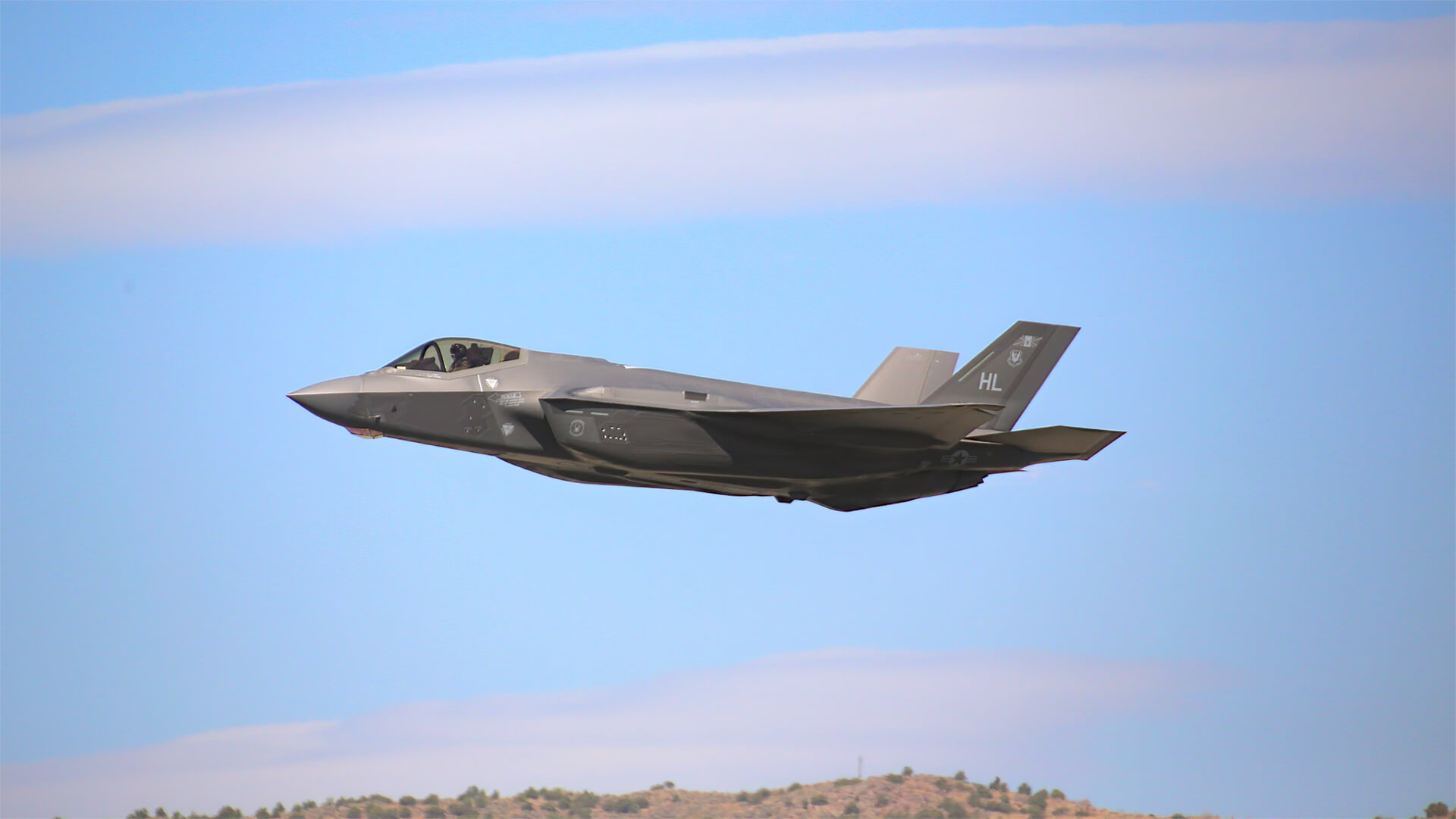We’re less than a week out from the next Live Q&A!
Our next Live Q&A on Patreon is here! On April 9, Peter will join the Analyst members on Patreon for question time! In order to get in on the fun, join the ‘Analyst tier’ on Patreon before April 9.
Signalgate. Well…Shit.
Here at Zeihan on Geopolitics, our chosen charity partner is MedShare. They provide emergency medical services to communities in need, with a very heavy emphasis on locations facing acute crises. Medshare operates right in the thick of it, so we can be sure that every cent of our donation is not simply going directly to where help is needed most, but our donations serve as a force multiplier for a system already in existence.
For those who would like to donate directly to MedShare or to learn more about their efforts, you can click this link.
Transcript
Hey, everybody. Peter Zeihan here, coming to you from Colorado. We have to talk about this whole signal gate thing. Oh, my God, so many, so many, so many things going wrong. Signal gate is this little scandal that has popped up in Washington because a number of top Trump administration national security officials had a chat on a third party unsecured platform about tactical military operations involving the strike on Yemen in mid-March, I think was the 12th and 13th of March.
Anyway, reason we know about this is a reporter from the Atlantic was accidentally keyed on the conversation and basically had the whole thing. So we’re going to talk a little bit about classifications then, and secrecy issues and operational security. And then we’re going to talk about more of the implications of this and what it actually means for us as a country.
And it’s not a happy story. So, from my brief and limited experience in the government, both in the State Department and the Defense Department, it’s drilled into you as an intern, operational security, the things you don’t talk about, the things you do talk about, where you talk about them with, who you talk about them. And the key thing is that every topic has its own set of rules.
So if you have a certain level of security clearance, that doesn’t mean you can just go into the archives and read everything. There has to be a certain need to know. And if there’s a conversation on a certain topic that is sensitive, those conversations can only happen on specific locations or on specific platforms, none of which involve third party software.
Which is very vulnerable to hacking. More on that in a minute. Anyway, so the fact that this conversation happened at all is bad. The idea that it happened with the people who were involved is worse, because one of those people was in Russia at the time using his personal phone, and one of those people was the Treasury secretary, who had no business being on a communication about tactical military operations at a place like Yemen.
And then, of course, this was tactical military operations. What pushes you way above the, you know, the classic classification of top secret and is the ultimate of the need to know. Now, anyone who is a rival to the United States, or honestly just curious, is going to be targeting our Treasury secretary, because he apparently is involved in these conversations that have nothing to do with the Treasury Department, and there nothing in his background, and there’s no one in his circle that suggests he has any experience in operational security.
So we just identified our top finance individual as being a leaker and intelligence target for intelligence operations for the rest of his term. That is a disaster in of of itself. But now let’s talk about the actual format here. Signals a third party app for communications. No third party apps are allowed anywhere in the State Department or the Defense Department or the intelligence agencies specifically because it’s illegal.
It’s a bad idea to be communicating outside of government channels. When you’re talking about information that should be classified, part of it is illegal, because the little simple thing of the Freedom of Information Act, so that decades from now, we know how things happen on the inside. Part of it is to help future administrations see inside the decision making process for the current administration.
All that information will be lost, but most importantly, it’s because it’s fucking hackable. And specifically with signal. The week that this went down, the Defense Department warned everyone in the defense Department that the Russians were actively circumventing the security measures on signal. So Pete Hegseth, who was the defense secretary, is the one who set this up. And he should have known better at every possible level.
And every person who was involved in the chat should have known that everything about this at every level was not just a bad idea in poor statecraft, but illegal as well, for all the right reasons. That all of that is part one. second issue is the general mismanagement of information in the public sphere of the Trump administration at this point. Now, when this story broke, the smart play, the national security conscious play would have been to contact the reporter and make sure that information got wiped. Instead, they did what they always do, and they went on the attack saying that, nothing was shared.
That was a war plan or classified information. And it is the fault of the reporter who doesn’t even have a security clearance, that this information was out at all. In fact, it got so bad that Tulsi Gabbard, who is the director of national Intelligence, even went to Congress and testified that this is no big deal. Now, I have an opinion.
Most of the intelligence community in the defense community are of the opinion that Tulsi Gabbard is a Russian agent that is actively working against American interests, right at the very top. Little professional tip, Miss Gabbard. If you don’t want people to think you’re a Russian agent, quit acting like a Russian agent. So, for example, lying to Congress about the use of the platform at the use of security, about the use of commercial information, and then actually what was in the conversation in the first place, because within hours of her doing that nonsense, the reporters like, well, if you don’t think this is classified information, I guess I can release it.
And he did. And holy shit, it talked about specific assets, specific attack vector, specific times and locations. This is as high as it gets in terms of operational security needs. Which brings us to the third question why? Why is the Trump national security team so moronic? Two things going on here. First, Trump himself. When most leaders spend time out of power, they reflect on what went wrong and they build a team that fills in the gaps of what they don’t have.
And they put together legislation so that when they get back into power, they can actually make their vision reality and make it last beyond their term. Trump didn’t do that. Trump fired everyone from his circle, inner and outer, who knew anything about anything. Because people who know things share what they know. And that means that Trump can’t be the smartest person in the room.
He instead surrounded himself with loyalists, people who, you know, the recruiting process, competence didn’t make the list for anything that he wanted. So we have a DNI who works for a foreign power. We have a defense secretary that is a former TV host, and it shows. The second issue is when you’re first asked, when you get into the white House, is to pardon the people who protested and rioted on January 6th, complete with those who had attacked law enforcement personnel.
Anyone who knows anything about national security won’t work for you because they’re like, fuck that noise. So the pool of people that Trump could draw from self-selected out, leaving only the people who would be personal, loyal, loyal, and really didn’t know anything about the process. Trump then went on to gut the upper echelons of every single department, not just the undersecretaries and the deputy secretaries, but everyone down as far as he possibly could fire.
Removing all the knowledge base of everyone throughout the entire federal government and then replacing them with lackeys. And so we have people like this who literally have no idea how to keep information secure, who are making policy on behalf of all of us. And so, of course, it is all going horribly wrong. And that’s before you even start talking about the specifics of what those policies are.






